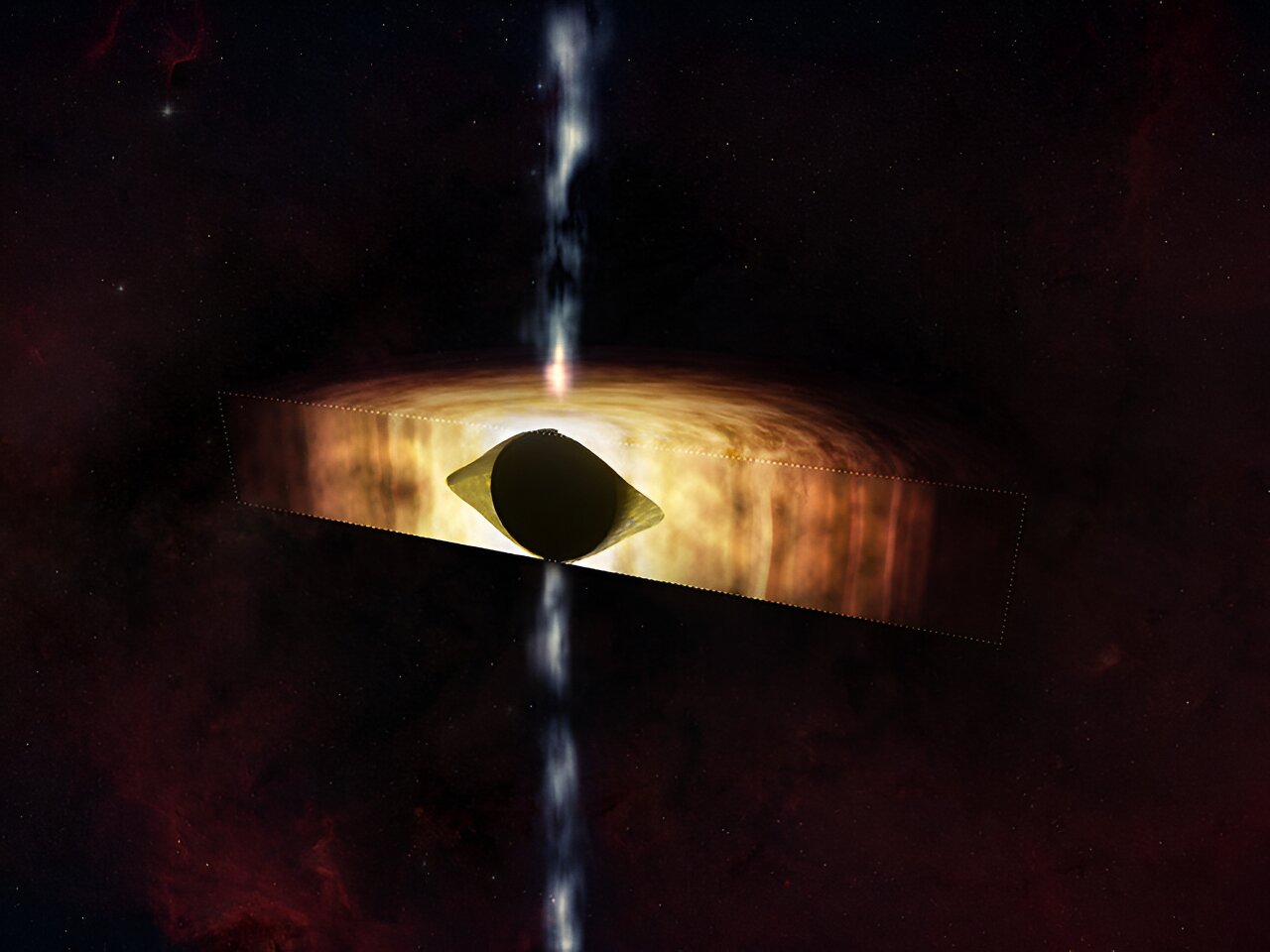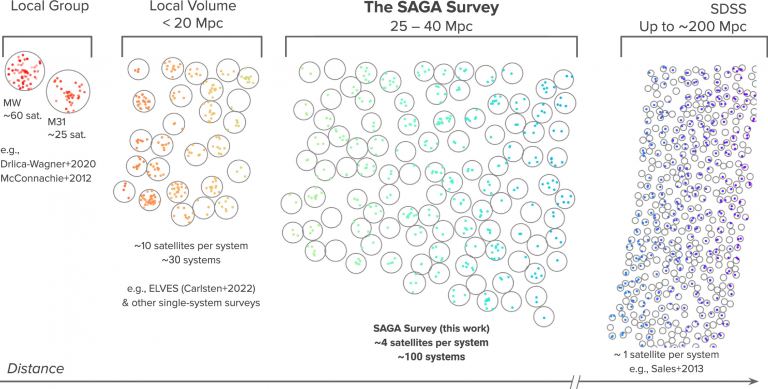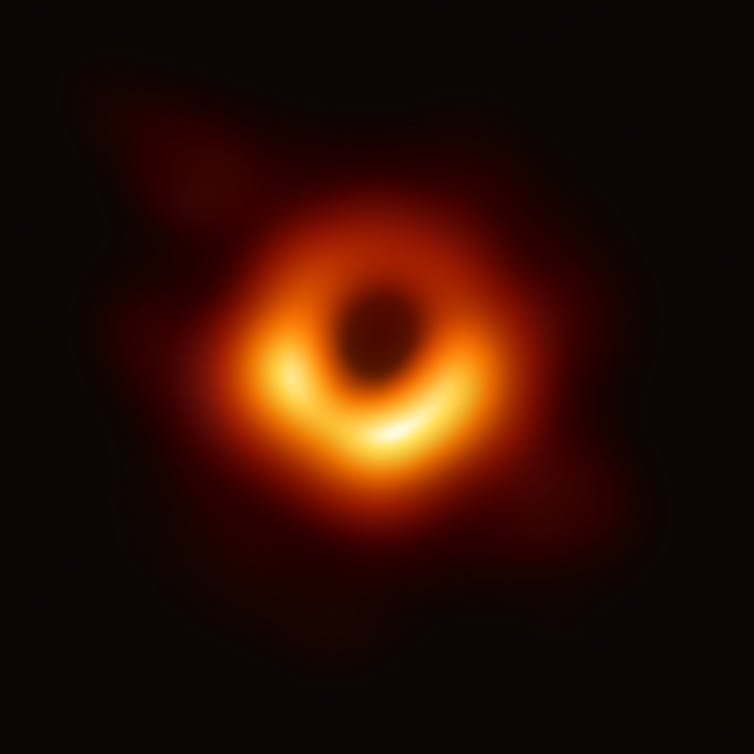# Telescopes show the Milky Way’s black hole is ready for a kick
This artist’s illustration reveals the outcomes of a recent study concerning the supermassive black hole at the center of our galaxy known as Sagittarius A* (Sgr A*). According to the latest press release, the study found that Sgr A* is spinning so rapidly that it is distorting spacetime to resemble a football. The study used data from NASA’s Chandra X-ray Observatory and the National Science Foundation’s Karl G. Jansky Very Large Array (VLA).
The supermassive black hole at the heart of the Milky Way is spinning at such a high speed that it is shaping the spacetime surrounding it into a form resembling a football, according to a new study that utilized data from NASA’s Chandra X-ray Observatory and the National Science Foundation’s Karl G. Jansky Very Large Array (VLA).
Situated about 26,000 light-years away from Earth in the center of our galaxy, this enormous black hole is known as Sagittarius A* (Sgr A* for short).
Black holes are characterized by two essential properties: their mass and their spin. Determining either of these values provides scientists with valuable information about the black hole and its behavior.
Using a new method that utilizes X-ray and radio data, a team of researchers determined that Sgr A* is rotating with an angular velocity approximately 60% of the maximum possible value.
Past estimates of Sgr A*’s rotation speed, obtained using various techniques, have varied from the black hole not spinning at all to spinning close to the maximum rate. This work may help resolve the long-standing question regarding the speed at which our galaxy’s supermassive black hole is spinning, according to Ruth Daly of Penn State University, the lead author of the study.
The spin of a black hole plays a significant role in its energy generation. Spinning supermassive black holes can produce focused outflows, such as narrow material jets, when their spin energy is extracted.
The researchers also found that, due to the limited fuel around Sgr A*, the black hole has been relatively inactive in recent millennia. However, if the amount of material in its vicinity increases, this could change.
A rotating black hole brings “spacetime” and nearby matter around as it spins. Spacetime around the spinning black hole is also squashed down, taking on a circular shape when viewed from the top and resembling a football when viewed from the side. The faster the spin, the flatter the football.
According to Biny Sebastian, a co-author from the University of Manitoba, a spinning black hole is akin to a rocket on a launch pad. Once material approaches close enough, the black hole’s spin energy is fueled, triggering more powerful outflows.
This implies that if the properties of the matter and the magnetic field strength near the black hole change in the future, the tremendous energy of the black hole’s spin could drive more robust outflows. The source material could originate from gas or from a star torn apart by the black hole’s gravity if it wanders too close to Sgr A*.
The study suggests that measuring the spin of our galaxy’s black hole is crucial in understanding the impact of its activity on the gas supply of the entire galaxy, which in turn influences the formation of stars.
To determine the spin of Sgr A*, the researchers used the “outflow method,” a theoretical approach detailing the relationship between the black hole’s spin, its mass, the properties of the matter near the black hole, and the outflow properties. They combined data from Chandra and the VLA with an independent estimate of the black hole’s mass from other telescopes to constrain the black hole’s spin.
Although it is currently quiet, the study demonstrates that in the future, Sgr A* could exert an incredibly powerful influence on its surroundings, potentially happening in a thousand or a million years, or even within our lifetimes.
The findings of this research are published in the journal Monthly Notices of the Royal Astronomical Society.














